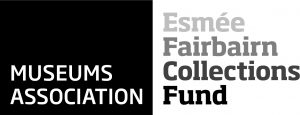Have you ever wanted to try on a historic Scottish bonnet?! Well now you can, using the Instagram or Facebook apps on your smartphone or tablet.
Click on the links below to see what you look like in a tam o’shanter or a white cotton mutch from our textile collection here at the Highland Folk Museum.
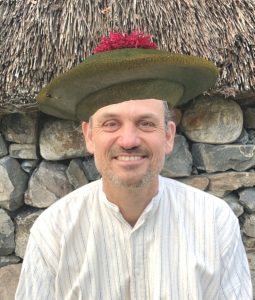
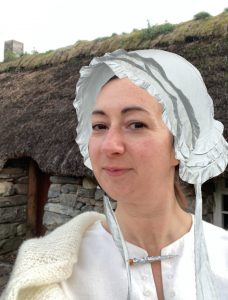
Use your smart phone to try on a traditional tam o’shanter using Facebook or Instagram
Wear a classic white cotton mutch using Facebook or Instagram
Get into the spirit of the Highland Folk Museum whilst you’re visiting us and try out the filters here on site! Don’t forget to tag us @highlandfolk
You can share the digital dress-up on social media, or save the images onto your phone and send to your friends and family.
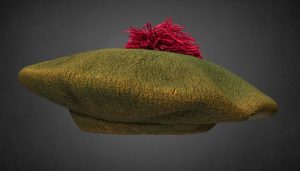
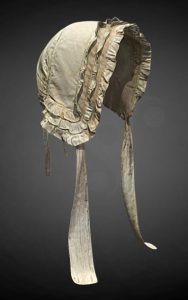
The bonnets are real objects from the Museum’s collection that date from the 19th century. The bonnets were photographed from all angles and turned into 3D models, then made into Augmented Reality filters which make the bonnets magically appear on the wearer’s head.
The tam o’shanter is a classic Scottish bonnet. The one from our collection was occasionally worn by former curator Ross Noble, and we have some photos of him wearing it at previous events held at the museum in the 1980s and 90s.

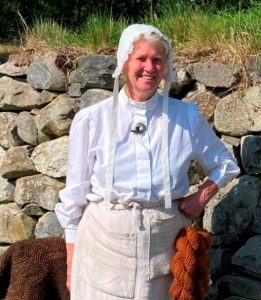
The white cotton mutch with ribbon ties is another quintessential Scottish bonnet worn to keep a woman’s hair clean and tidy whilst she went about her jobs on the croft.
Although we now don’t physically try on the objects in the collection, these new filters will let anyone try on the hats from the comfort of your own home!
The creation of these AR filters was part of the Folk and Fabric project (2021/22). This was funded by the Esmée Fairbairn Collections Fund, which is run by the Museums Association, funding projects that develop collections to achieve social impact.
Thanks to AOC Archaeology for the photogrammetry of the objects, and Dynam design agency for the creation of the AR filters.
